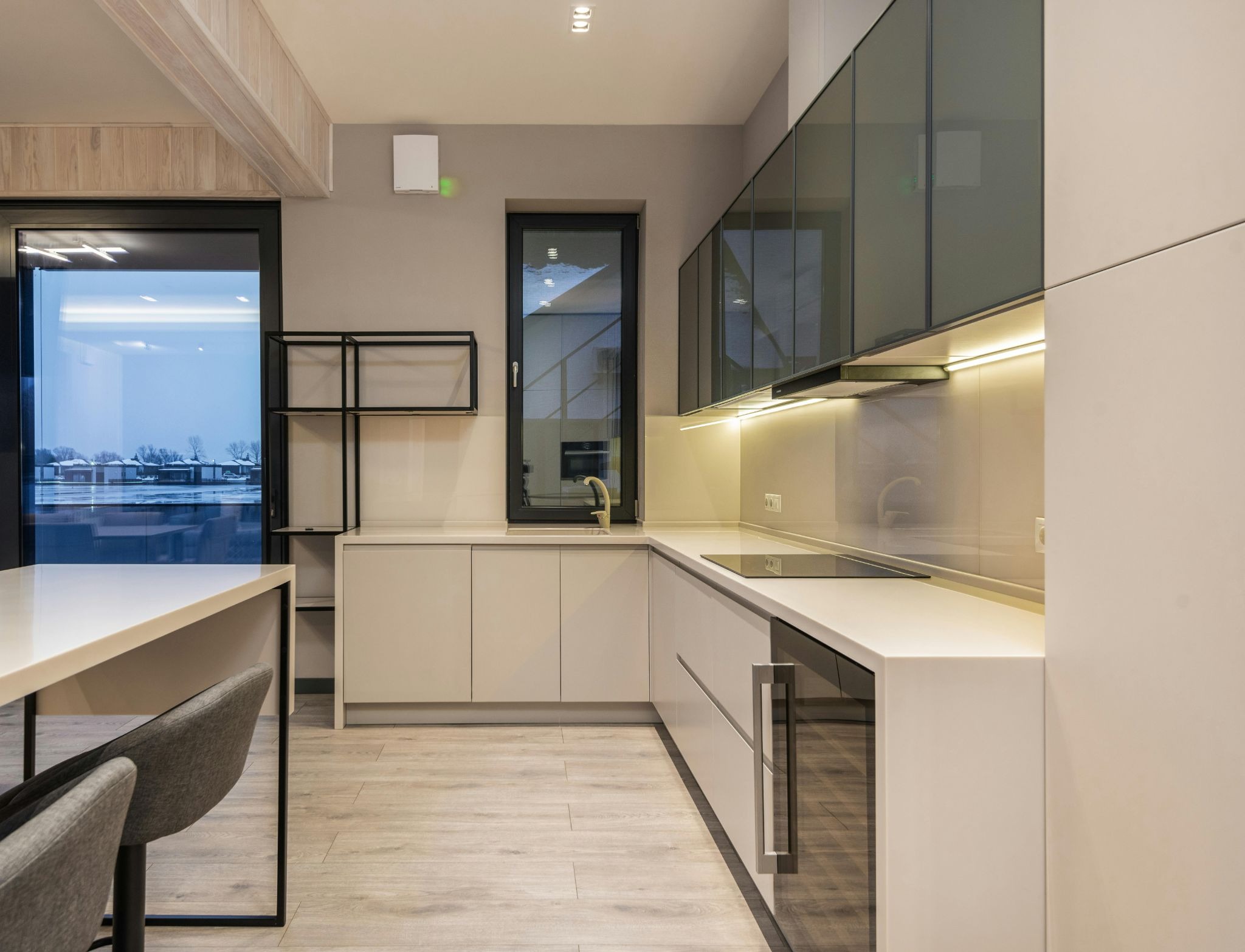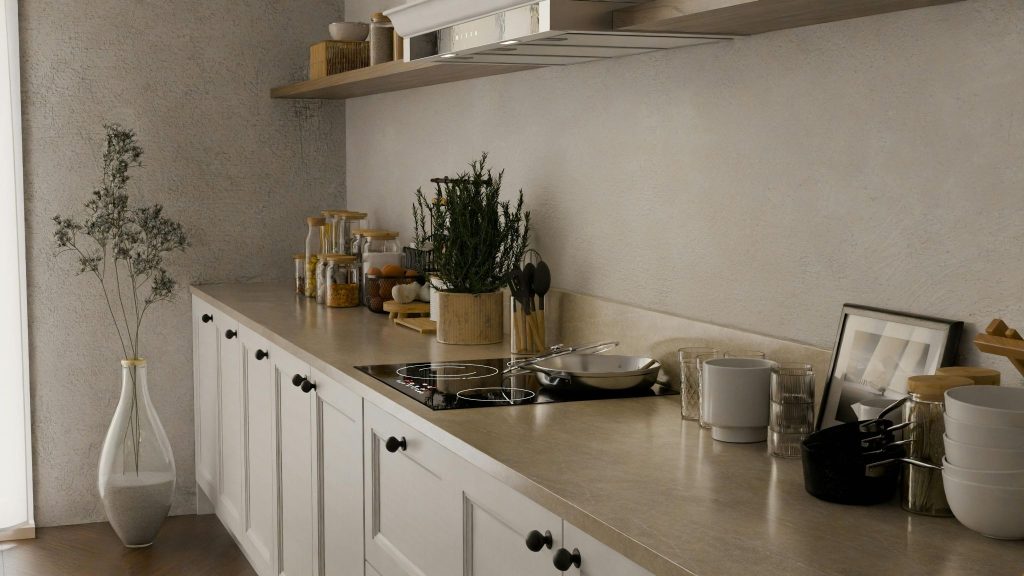
If you’re shopping for a new kitchen range or cooktop and love the sleek, modern look of a flat glass-surface stove, you’re in the right place.
This guide covers what to look for when choosing a glass-top stove, the advantages and disadvantages of such models, key specifications and features, and practical advice for getting the best performance and value.
What We Mean by a “Glass Top Stove”
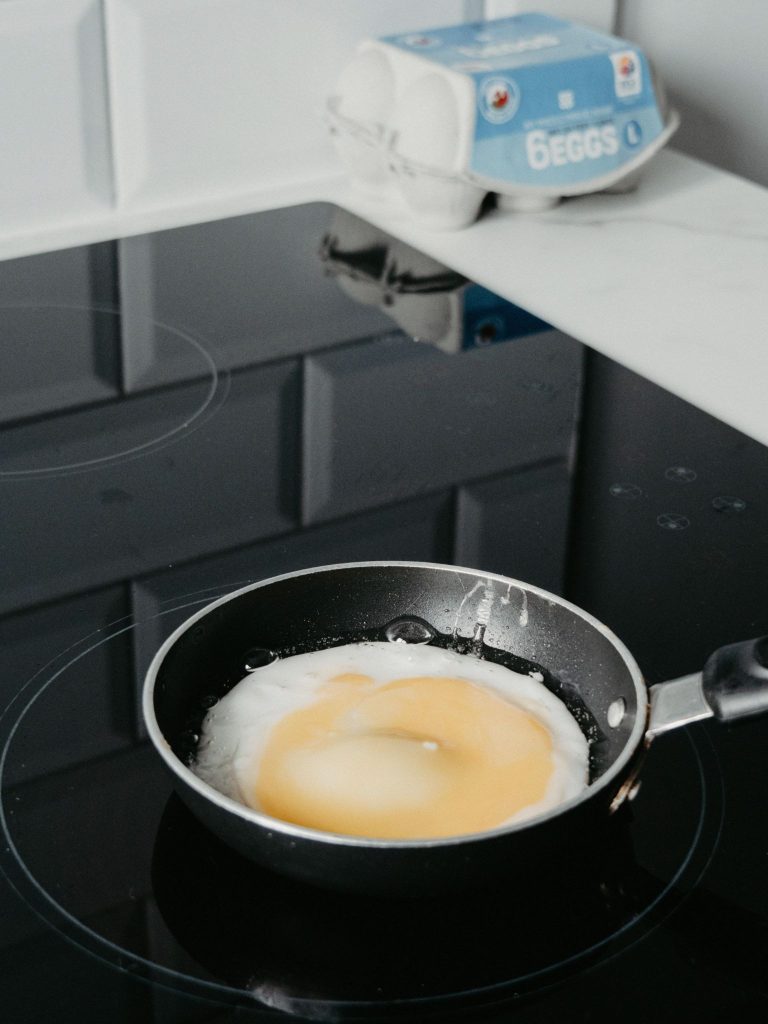
When we say a glass top stove, we’re usually referring to an electric or induction range (or cooktop) whose cooking surface is a smooth, continuous sheet of tempered glass-ceramic (sometimes called “ceramic glass”) rather than exposed coils or gas burners.
This surface typically has radiant or induction heating elements underneath and offers a clean, flat aesthetic. Such stoves often fit well in modern kitchens with streamlined design, and provide unique cleaning and usage considerations.
Why Choose a Glass Top Stove?
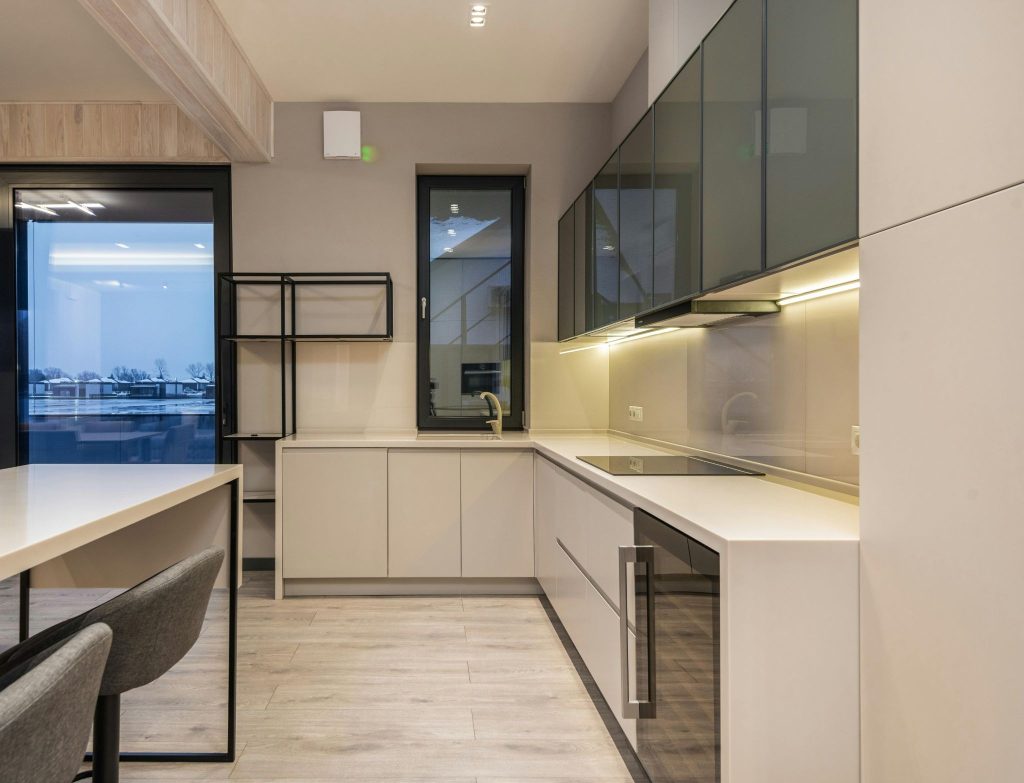
Advantages
- Sleek, modern appearance: A smooth glass-top surface gives your kitchen a polished, minimalist look, integrating cleanly with counters and backsplashes.
- Easy to clean surface: Because the top is flat, without raised coils or exposed burners (in the case of full-glass range), wiping spills is more straightforward.
- Even contact & better surface design: The flat surface allows your cookware to sit evenly on the heating element, which may improve consistency compared to some older coil models.
- Flexible aesthetic integration: Many glass top stoves and ranges come in modern finishes, smart features, and fit well into contemporary kitchens.
Disadvantages / Trade-offs
- Susceptible to scratches and cracks: The glass-ceramic surface is durable but not invincible. Heavy cookware, sliding pots, or abrasive cleaning can cause damage.
- Less instantaneous heat response (in radiant models): Compared to gas, some glass-top electric ranges may heat up or cool down more slowly.
- Special care needed for cookware and cleaning: You’ll need to be more mindful about what pans you use and how you maintain the surface.
- Repair or replacement can be expensive: If the glass top cracks or shatters, the replacement cost can be high.
Key Features to Consider When Buying
When selecting a glass-top range or cooktop, make sure you compare these key features:
- Surface size & capacity
- Heating type
- Radiant electric: Uses heating elements under the glass. Easier for retrofits.
- Induction: Uses magnetic cookware; faster heat and better control but requires compatible pans.
- Radiant electric: Uses heating elements under the glass. Easier for retrofits.
- Cooktop material & finish
- Control and burner features
- Dual/bridge burners (for long pans)
- Precise temperature controls
- Hot-surface indicators or safety locks
- Dual/bridge burners (for long pans)
- Cleaning & maintenance ease
- Durability & build-quality
- Ensure the glass is tempered and the manufacturer provides good support.
- Service availability for replacement parts is important.
- Ensure the glass is tempered and the manufacturer provides good support.
- Cookware compatibility
- Price & warranty
- Glass top stoves can vary significantly in price depending on features (smart connectivity, induction, premium brand).
- Check the warranty for the cooktop surface and electronics.
- Glass top stoves can vary significantly in price depending on features (smart connectivity, induction, premium brand).
Smart Budgeting & Brand Considerations
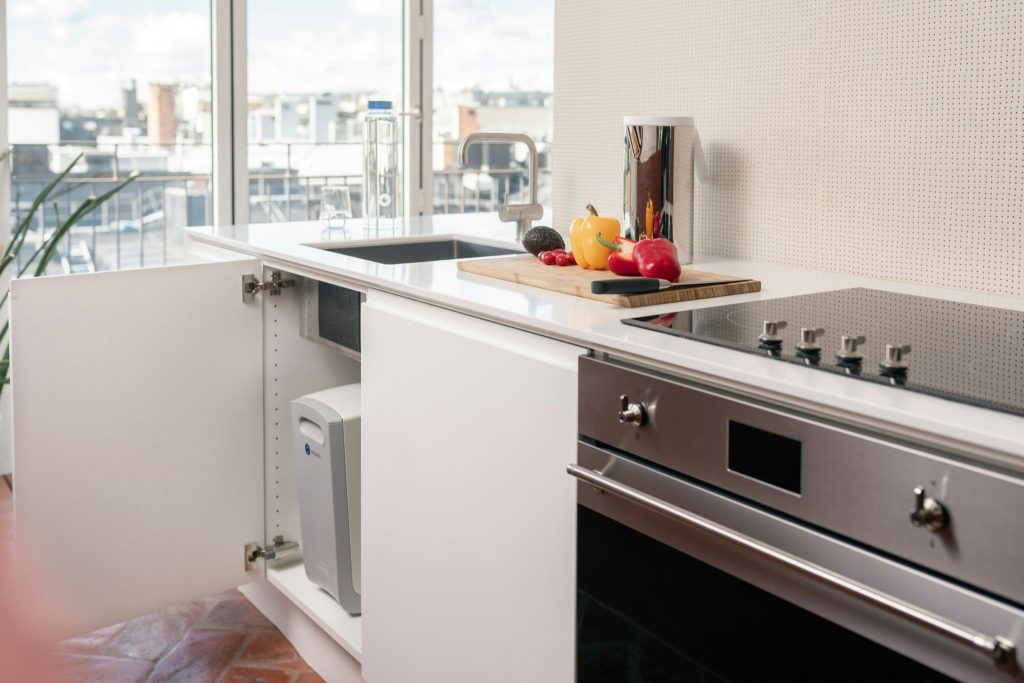
- Entry-level glass top electric ranges still offer the clean surface look but may lack advanced features like convection ovens or induction zones.
- Mid-range models may include dual-front elements, larger oven cavities, and additional convenience features (self-clean, smart controls).
- Premium models might offer induction zones, WiFi connectivity, high-end finishes, and smart integration with other kitchen appliances.
- Consider the local service network and parts availability, especially if you’re in a region where the brand may not have a strong presence.
Maintenance & Use Tips for a Glass Top Stove
- Clean spills quickly (after the surface has cooled) to avoid burnt-on residues.
- Avoid dragging cookware across the surface; lift and place the pot/pan instead.
- Use cookware with smooth, flat bottoms. Avoid rough-bottom or warped pans.
- For cleaning: Use a soft microfiber cloth and a cleaner designed for glass cooktops. Avoid steel wool or harsh abrasives.
- Be mindful of heavy cast-iron or very large pots: while they can be used, extra care is needed not to drop them or force the surface.
Summary Recommendation
If you want a modern kitchen look and are willing to pay attention to cookware and maintenance, a glass-top stove is a great choice. It combines aesthetics with functionality. Just make sure your priorities align with any trade-offs (slower heat vs gas, need for smooth cookware, etc.).
- Choose a model with a good build quality and surface guarantee.
- Ensure the model suits your cooking style—if you do a lot of searing or quick temperature changes, induction may be worth considering.
- Make sure you’re comfortable with the maintenance required (gentle cleaning, careful cookware usage).
- Budget accordingly for the features you want and factor in long-term durability.
Frequently Asked Questions (FAQ)
Q1: Are glass top stoves better than coil or gas?
A: “Better” depends on your needs. Glass top electric/induction models offer a sleek look and easier cleaning, but may lack the immediate heat response of gas. Some radiant models also respond slower than gas.
Q2: Can I use cast iron cookware on a glass top stove?
A: Yes—but with caution. Cast iron is heavy and can scratch or crack the glass if dropped or dragged. Ensure the bottom is smooth, lift rather than slide, and clean the bottom of the pan frequently.
Q3: How should I clean a glass top stove?
A: Wait until the surface cools. Wipe off loose debris, use a gentle cleaner or a vinegar-water mix, wipe with a soft cloth, and avoid abrasive scrubbers. Use a razor blade scraper only if the manufacturer allows and with great care.
Q4: What should I avoid when buying a glass top stove?
A: Avoid models with poor service/back-up support, glass surfaces from unknown brands, insufficient safety/indicator features, or ones that don’t match your cookware style (e.g., induction when you have non-magnetic pans). Also avoid very heavy pans or cookware with rough bottoms.
Q5: Is induction always better than radiant glass top?
A: In many ways yes—induction offers faster and more responsive heating, higher efficiency, and better temperature control. But it requires compatible cookware, and may cost more up front. A radiant glass top may suffice for many users and may be less expensive.
Final Thoughts
A glass top stove offers a compelling combination of style, functionality, and ease of maintenance—provided you understand the considerations and maintain it properly.
Choose a high-quality model from a reputable brand, carefully match it to your cooking habits and cookware, and follow good cleaning and usage practices. In doing so, you can enjoy a modern, efficient, and visually appealing cooking surface that serves you well for years.
If you’d like, I can also pull together “top 5 specific models available (in Bangladesh or with international shipping to Bangladesh)” with current pricing and pros/cons—would that be helpful?

